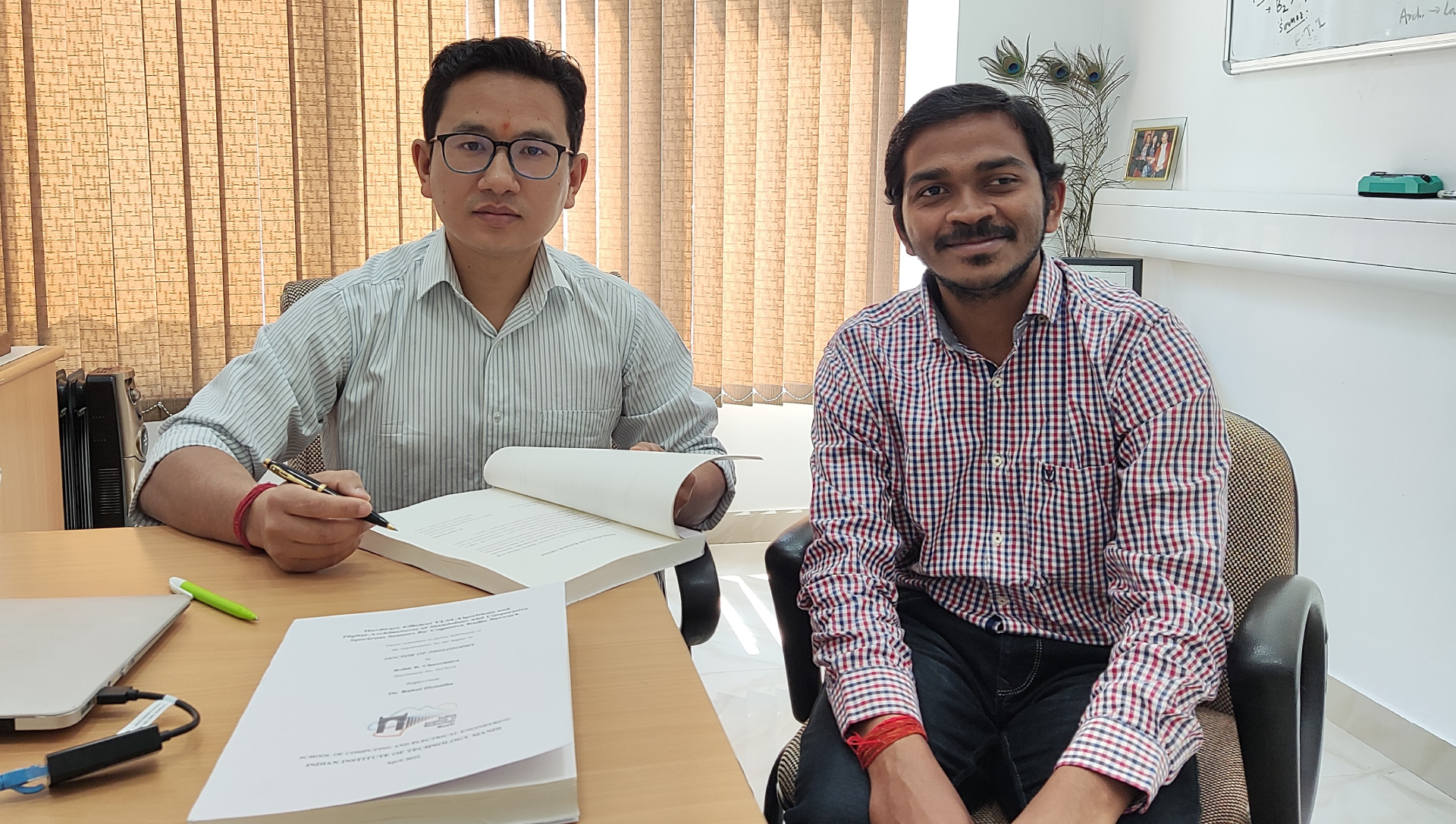


MANDI (HIMACHAL PRADESH): Researchers at the Indian Institute of Technology, Mandi, claim to have developed cooperative spectrum sensors that will provide state-of-the-art solutions in telecommunication technology and enhance the reusability of the radiofrequency spectrum to meet the growing demands of data communication in the future 5G and 6G wireless communication applications.
Radiofrequency waves or “spectrum”, as these are known in the telecommunication field, are low energy radiation used in wireless communication.
The wireless radiofrequency spectrum is a limited resource and is allocated by governments to telecom companies through a licensing process. The rapid growth in wireless communication technology in recent years and the projected exponential increase due to mass adoption of technology such as fifth-generation new-radio (5G-NR) and the Internet of Things (IoT) is expected to result in a massive demand for spectrum bands.
Pointing out the need for research in the area of spectrum optimisation, Rahul Shrestha, Assistant Professor, IIT-Mandi, said, “Given the fixed-spectrum allocation policy by many governments around the world, including ours, it becomes important to use the available spectrum intelligently. Cognitive Radio Technology is considered one of the best ways to optimize spectrum use.”
Not all parts of the spectrum band licensed to a telecom company (called primary user or PU) are used all the time. The idea of Cognitive Radio Technology is that a wireless device such as a cell phone, used by the secondary user (SU), can be fitted with a special sensor that can detect such “spectrum holes” (spectrum parts that are not used by the PU) and use them when the main channel is unavailable or crowded.
This forms the basis of a dynamic spectrum access policy that can overcome shortages of available spectrum at a given time. The spectrum-hole detecting sensor that is built into the SU’s device is called a Stand-Alone Spectrum Sensor (SSSR).
Elaborating on the relevance of the research, Shrestha, said, “The SSSR’s detection capability is often less than satisfactory due to problems such as hidden-node and signal-to-noise ratio (SNR)-wall problems. This leads to the unreliability of performance when the SSSR is used in real-time.”
In addition, this will enable massive deployment of IoT-based networks where numerous connected devices can use spectrum holes for break-less communication. The specific uses of cooperative spectrum-sensing technology in India cannot be understated and will help in establishing broadband services in remote and rural parts of the country.